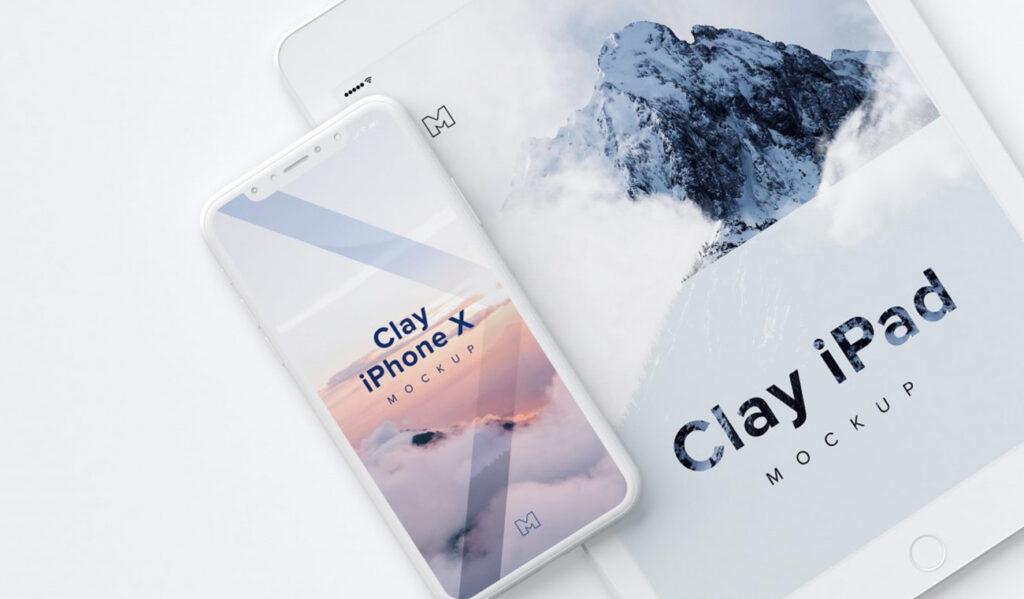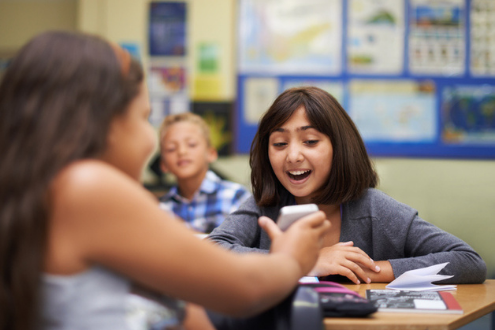
Smartphones in Learning
6 Ways To Use Student Smartphones for Learning
In schools, cell phones have a rocky history. At the point when understudies initially began carrying them to class, teachers were genuinely joined in their resistance to the gadgets on the grounds that they were an interruption and a method for simple cheating.
However, smartphones today offer a plethora of opportunities for increased student engagement, improved comprehension, and extended learning beyond the classroom, particularly for students who do not have access to the internet at home or who attend a school where 1:1 is not an option. This is because smartphones’ ubiquity and computing power have grown at an exponential rate. According to the ISTE Educator Standards, smartphones also provide teachers with an easy way to “facilitate and inspire student learning and creativity” while also increasing motivation.
The best part is that exploration shows that when understudies participate in their learning — and they’re quite often drawn in with their telephones when given a decision — they are less inclined to surrender to interruptions. The objective is to give understudies ways of utilizing this dearest innovation to learn, team up, share, and make in significant ways.
Six ways to use students’ smartphones for learning are as follows:
- Make brief recordings.
- Filter QR codes.
- Utilize an online thesaurus and dictionary.
- Team up and impart to Padlet and Twitter.
- Read the latest news and listen to podcasts.
Students can use 5- to 20-second videos to exercise their creative muscles. Using their own mobile devices, students can make their own videos on the fly, or they can make just one part of a video compilation that the teacher can then put together. Recordings can communicate any sort of learning in any style, from music recordings to interviews, book trailers, authentic reenactments, instructional exercises and stop movements.
QR codes offer moment admittance to video, sound, site contact data, or any concise text. In a scavenger hunt for the classroom, I use them to connect German texts. If your students do not have a smartphone with a built-in QR code reader, there are numerous free QR code reader apps available.
While anything with QR codes will require a smidgen more work to make, understudies love turn-on learning. QR codes can likewise produce answer keys alongside every issue to permit understudies to self-actually take a look at their work. The codes can likewise connect to sites or instructive YouTube cuts that give more data.
My #1 use for QR codes is the scrounger chase: In order to answer a question or solve a riddle, students choose the correct response. If they select the correct response, the associated QR code will direct them to the next question’s location. The game-like activity and the technology keep students interested.
The difference in their work is remarkable once students learn to use dictionary apps and websites effectively. As a German teacher, I find that students greatly benefit from being able to quickly confirm on PONS or LEO whether a noun is masculine, neutral, or feminine. Concerning verb conjugation, the question? To learn German, go to LEO. Confused about a phrase in a text or making sure a word is used correctly in an essay? Try out Linguee. Burnt out on utilizing a similar word again and again? Track down equivalents in numerous dialects at Open Thesaurus!
I assembled these two apparatuses in light of the fact that the two of them increment understudy support and permit educators to accumulate ongoing criticism from understudies about their learning. Both Padlet and Twitter are more agreeable specialized devices for timid understudies to answer in-class questions or partake in meetings to generate new ideas, yielding a lot of sagacious data.
For the unquenchable understudy who needs to continue learning beyond class, the striving student who needs more openness and in the middle between, cell phones give moment admittance to civics, social examinations, English, brain research, math, unknown dialect, and science-related media sources, including diaries, papers, online news locales, webcasts, and that’s just the beginning. Although you can access this information on a desktop computer, smartphones give you the added benefit of being able to learn whenever and wherever you want. Taking the school bus? Chase after that article about The Second Great War you should sum up for schoolwork and take notes utilizing a notebook application. Do you need to learn German more? While getting to softball practice, listen to Slow German podcasts! Cell phones can be particularly valuable for unknown dialect understudies since it is exceptionally difficult to gain proficiency with a language rapidly without paying attention to local speakers habitually and getting to culture straightforwardly through papers and magazines.




Leave a Comment
Your email address will not be published. Required fields are marked